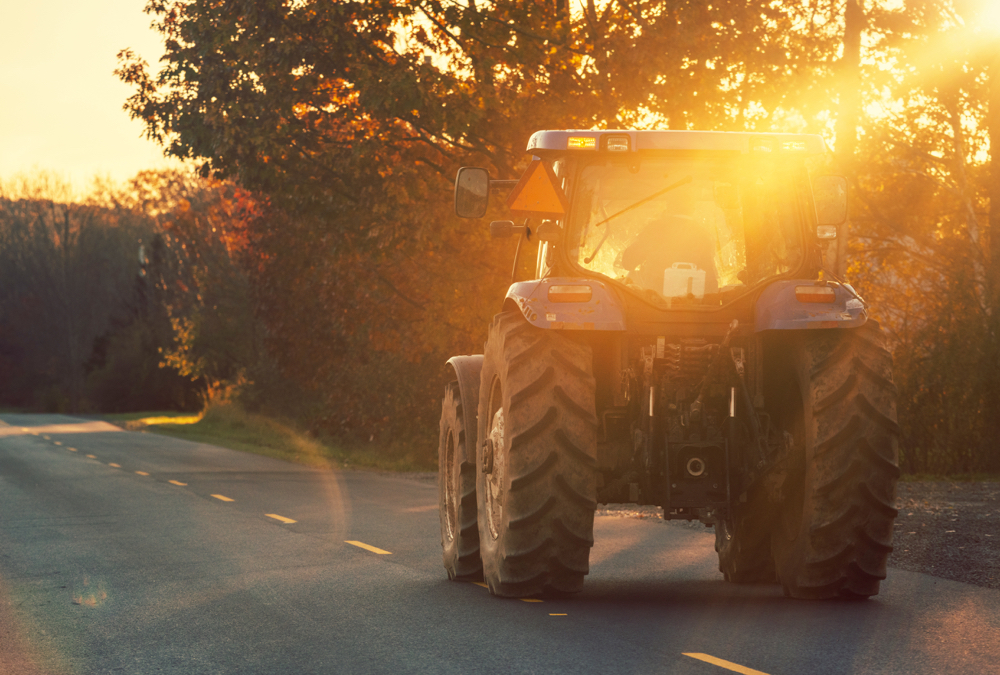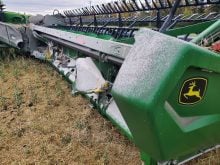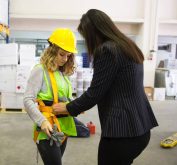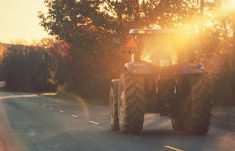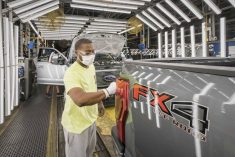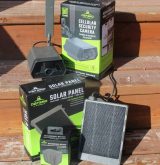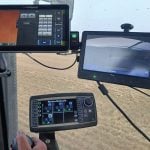A pilot vehicle can save a lot of frustration for both motorists and agricultural machinery operators. A pilot vehicle can help prevent collisions and injuries and damage to vehicles, farm machinery and road infrastructure.
There are plenty of factors that lead to collisions between agricultural machinery and motorists. Some are unique to large machinery and can include the following:
Read Also
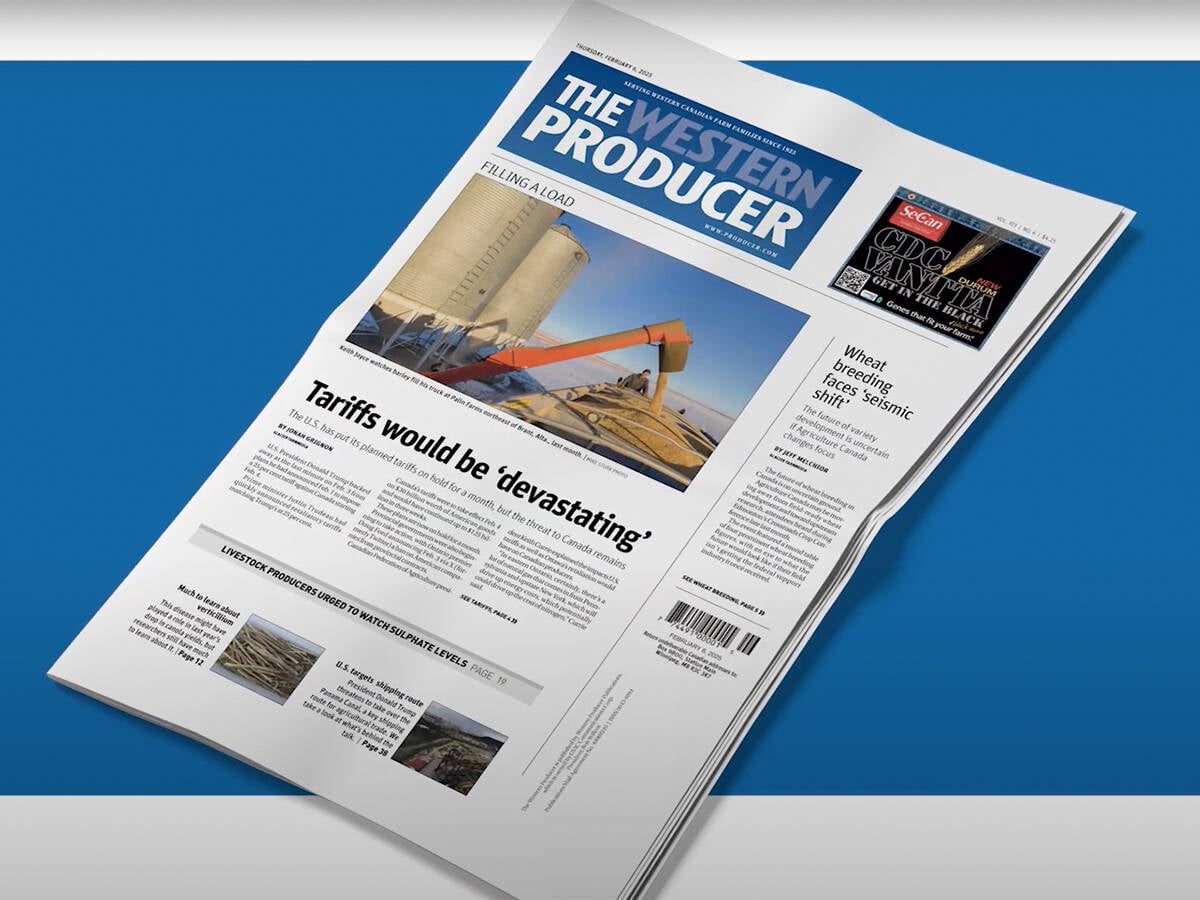
Note to subscribers: Planting a new seed for Grainews
Grainews now moves into The Western Producer as part of the farm newspaper’s new Farm Work section, providing Western Canada’s grain growers with one place to get the news and information they need.
- Motorists unaware of hazards associated with agricultural machinery
- Size of farm machinery
- Slow-moving equipment
- Visibility issues due to lighting, marking or environment (sun or weather)
- Unexpected movements from motorists or from farm machinery operators
- Unseen vehicle in a “blind spot”
Many farm machinery and motorist collisions involve a combination of factors. Pilot vehicles act as buffers between motorists and farm machinery and alert motorists to drive cautiously before passing or driving near farm machinery.
A front and/or a rear pilot vehicle can accompany farm machinery on public roadways. Something to note is all pilot vehicles should have the ability to communicate hazards to the equipment operator. (However, keep in mind safety concerns including distracted driving).
A front pilot vehicle is an escort. It leads the farm machinery and warns oncoming traffic of the approaching equipment.
A rear pilot vehicle typically travels four to eight seconds behind farm machinery. A pilot vehicle warns approaching motorists of the farm machinery ahead and the driver helps to monitor the farm machinery’s load (i.e. trailers, hitched implements, loads like bales.) This pilot vehicle must stay in the line of sight of the equipment operator at all times.
A farm vehicle such as a half-ton truck can be used as a pilot vehicle. The pilot vehicle should use its hazard lights (four-way flashers) and it’s a good idea to use a rotating beacon to distinguish itself from regular vehicle traffic.
Please note, some provinces have requirements for the use of pilot vehicles and others do not. It is best to check your provincial highway traffic legislation to know if there are situations where pilot vehicles are required to be used.
Knowing when to use a pilot vehicle depends on the situation. Every situation is different and it is important to recognize the hazards associated with moving agricultural machinery on public roadways. Consider using a pilot vehicle in the following situations:
- Highways with no barrier between oncoming traffic
- High-speed roadways (90 kilometres per hour or more)
- High-traffic roadways
- Oversized loads or equipment
- Slow-moving machinery (40 km/hr or less)
- Adverse weather conditions
- Poor lighting situations (typically dawn or dusk)
In general, operating agricultural machinery on public roadways should be kept to a minimum and it is best to try to use side roads rather than highways whenever possible. Keep in mind that anyone operating agricultural vehicles or machinery on public roadways needs to possess a valid driver’s license and must comply with their provincial highway traffic laws.
Performing a short hazard assessment before moving agricultural machinery on public roadways can reduce frustration and create safer roadways. Six short steps can help everyone who operates farm equipment for your operations to keep themselves, other motorists, infrastructure and farm machinery safe:
1. Identify the situations in your operation when agricultural machinery needs to move on public roadways
2. Assess the level of risk to farm machinery operators and other motorists
3. Develop and implement policies, procedures and best practices for these situations
4. Train farm machinery operators on the policies, procedures and best practices
5. Document any training
6. Promote the application of your policies, procedures and best practices
We all share the roads. It’s up to all of us to do our best to safely get where we need to go. Using a pilot vehicle is one step farms can use to reduce collisions.

